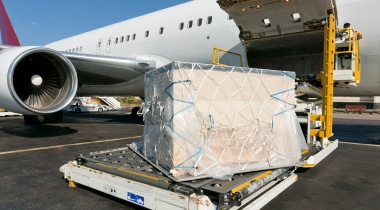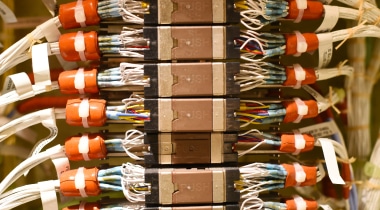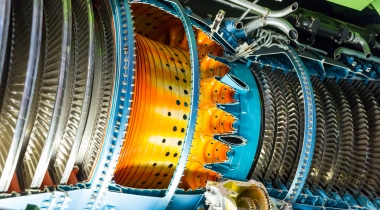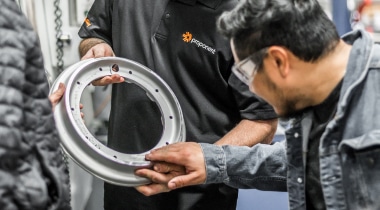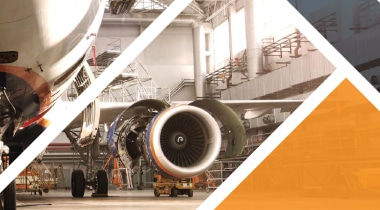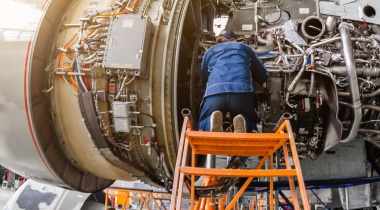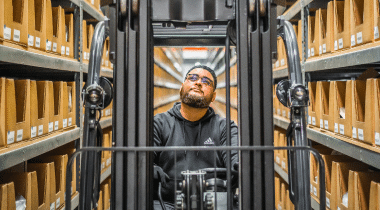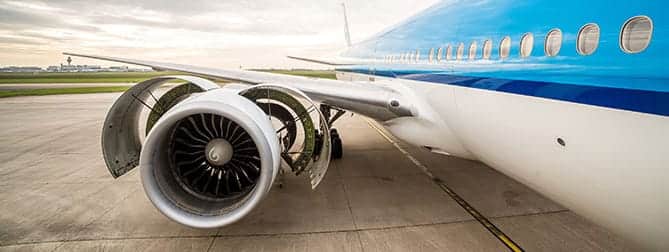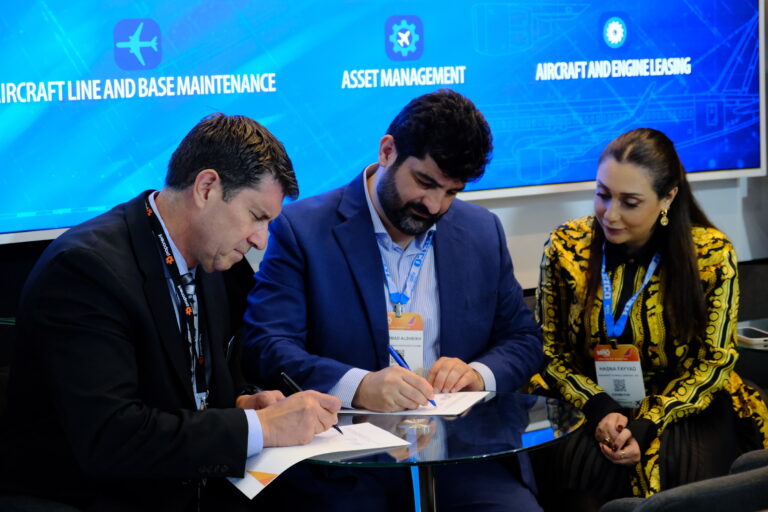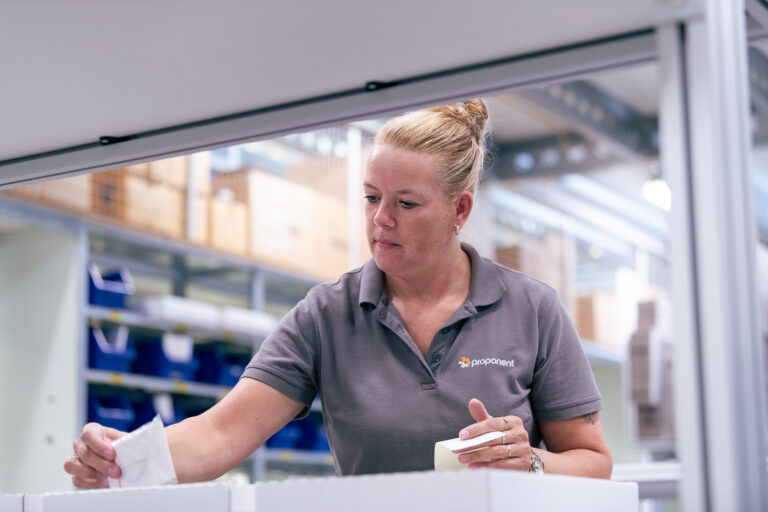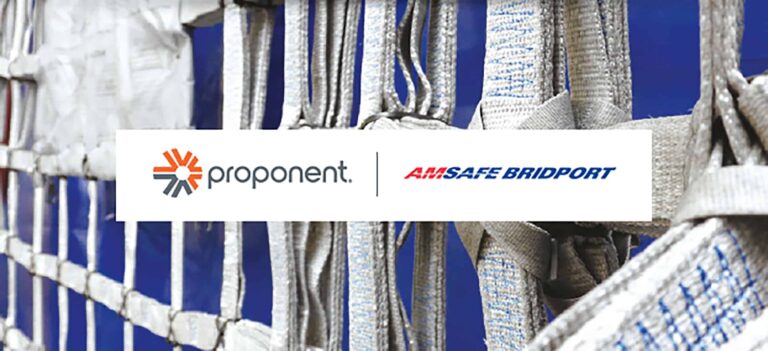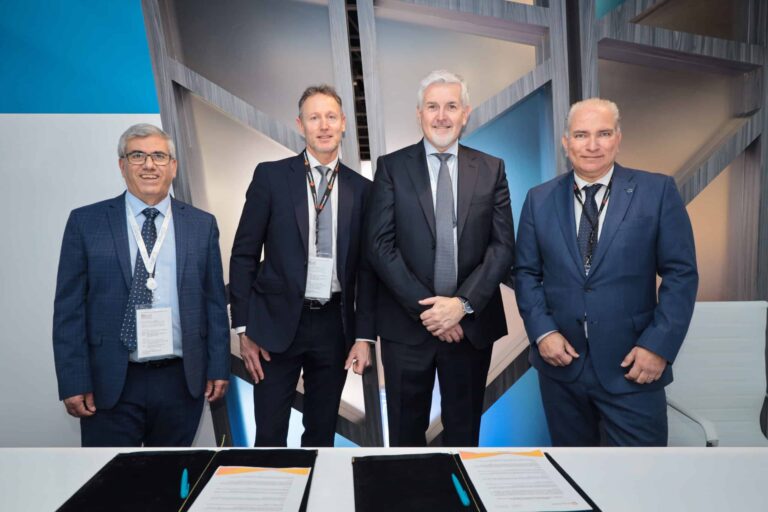MRO providers are essential parts of any successful airline. Accurate and highly efficient MRO teams are a major influencer on flight schedules, aircraft delivery and safety. It is no surprise that a position of such importance embraces technology at a rapid pace. Let’s look at a few of the advances that have been made to maintenance and repair providers in recent years.
The Internet of Things (IoT)
Utilization of IoT as a part of MRO technology has had a major impact on aircraft operations. IoT has given airlines and MROs the opportunity to collect vast amounts of data on everything from parts performance to overall aircraft efficiency. As Aviation Week Network explains, MROs now utilize tablets and other smart devices to communicate with aircraft sensors, quickly identifying malfunctioning equipment or other areas in need of maintenance or repair. With the use of predictive analysis algorithms, MROs are able to take things a step further by identifying problems before they have even occurred. Maintenance and repair teams can now be on the offensive, rather than on the defensive. And that means reducing the need for unscheduled maintenance, aircraft inspections, and other time-consuming events.
Drones in MRO Activities
While not yet a major MRO technology, the use of space drones for aircraft care is on the horizon. Last year, the European budget airline easyJet began experimenting with an unmanned air vehicle for inspections of its Airbus A320. And at this year’s Farnborough Airshow, Airbus demonstrated the use of its inspection drone on the A330. While not all industry professionals are ready to trust these devices in the use of crucial repairs, thanks to the astounding amount of data collected with IoT, the impact this technology will have on the future looks promising.
The Implementation of Lean Principles
Technology is not the only way MROs have advanced. For many, the adoption of efficiency models among employee structures has become a major part of MRO activities. One of the most widespread models is lean practices. This labor theory, adopted from the Toyota manufacturing model, proposes simple changes that have resulted in drastic cuts of wasted time (details of the strategy can be found on our post “Lean Manufacturing in the Aviation Industry”). As Aviation Today Network explains, use of the model by Delta TechOps resulted in a 40 percent increase in the speed of repair for all aircraft parts. Similarly, the FedEx Express Aircraft Maintenance facility saw a reduction in parts retrieval for individual employees by nearly an hour for each repair. Coupling MRO technology with lean practices is a further way of increasing efficiency for all involved in the aerospace industry.
More from the Kapco Global Blog
Kapco Global Joins Forces with Netherlands-Based Avio-Diepen
The Internet of Things (IoT) and Its Affects on Supply Chain Management
The Role of E-Commerce in Global Aviation Parts Distribution

